Imposed by Indira Gandhi’s government, the Emergency saw press censorship, suppression of civil liberties and forced sterilisation.
Just before midnight on 25 June 1975, the then Indira Gandhi-led Congress government declared a state of emergency in India. Issued by then president Fakhruddin Ali Ahmed, the Emergency lasted 21 months and has come to be known as one of the darkest periods in modern Indian history.
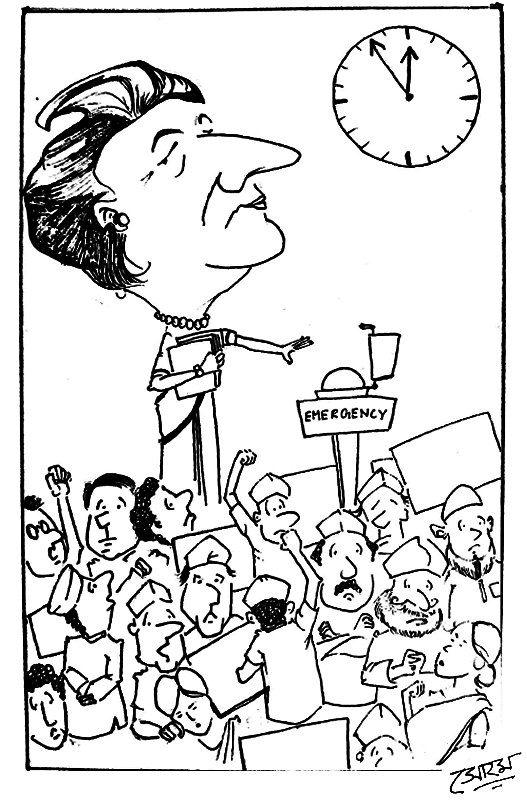 Illustration by Soham Sen
Illustration by Soham Sen
Characterised by press censorship, suppression of civil liberties, and forced sterilisation, the abiding image of the Emergency is that of an all-powerful Indira Gandhi.
Backdrop
Political unrest against the government began brewing in 1973 because the opposition saw Indira Gandhi as too powerful, even as corruption allegations began to mount.
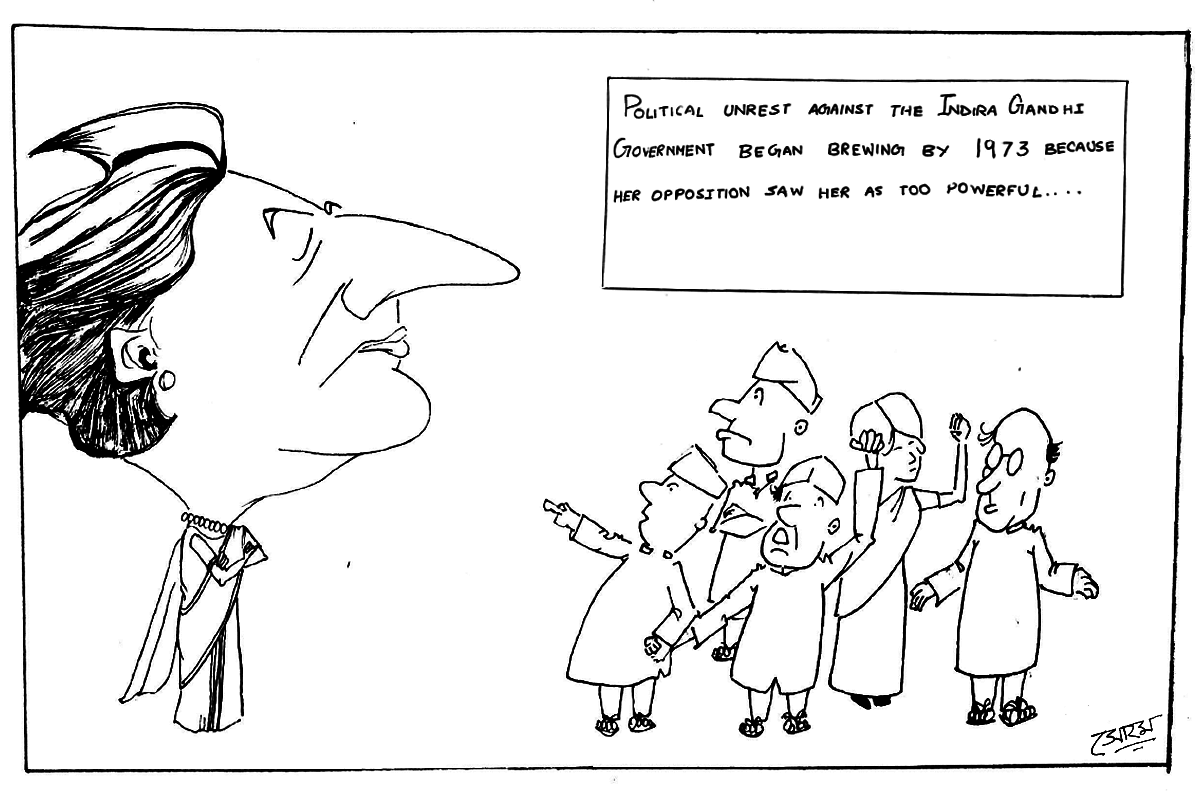
In 1974, leaders like Jayaprakash Narayan and George Fernandes organised widespread protests against the government. Student protests intensified too.
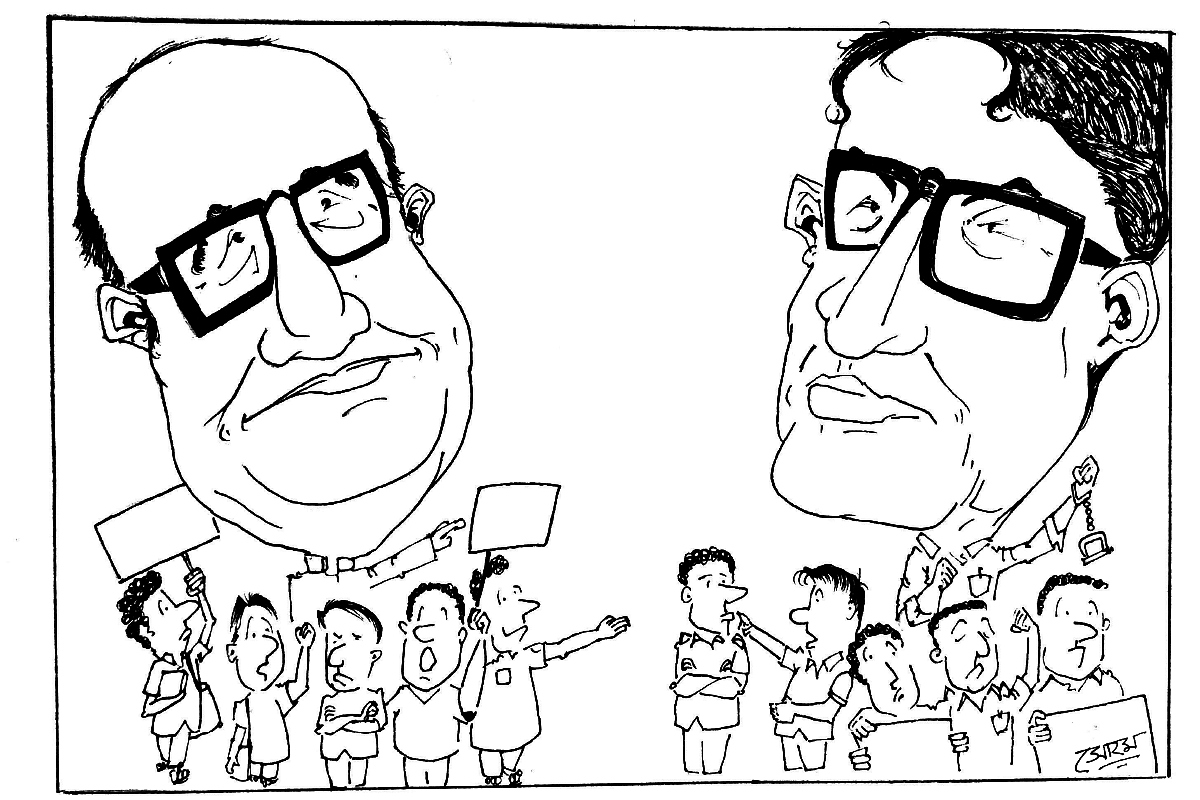
In 1975, the unrest called for Indira Gandhi to step down as prime minister, eventually culminating in the Emergency.
A timeline of events
1975
12 June: The event that triggered the Emergency took place on 12 June when the Allahabad high court found Indira Gandhi guilty of electoral malpractice. Raj Narain, rival in the Rae Bareilly constituency for the 1971 general elections, had filed a case against her – alleging bribery and the use of government machinery to manipulate the election. Found guilty, she was disqualified, and barred from holding an elected office for six years.

22 June: Opposition leaders addressed a public rally, after calling for daily anti-government protests after the high court judgment.
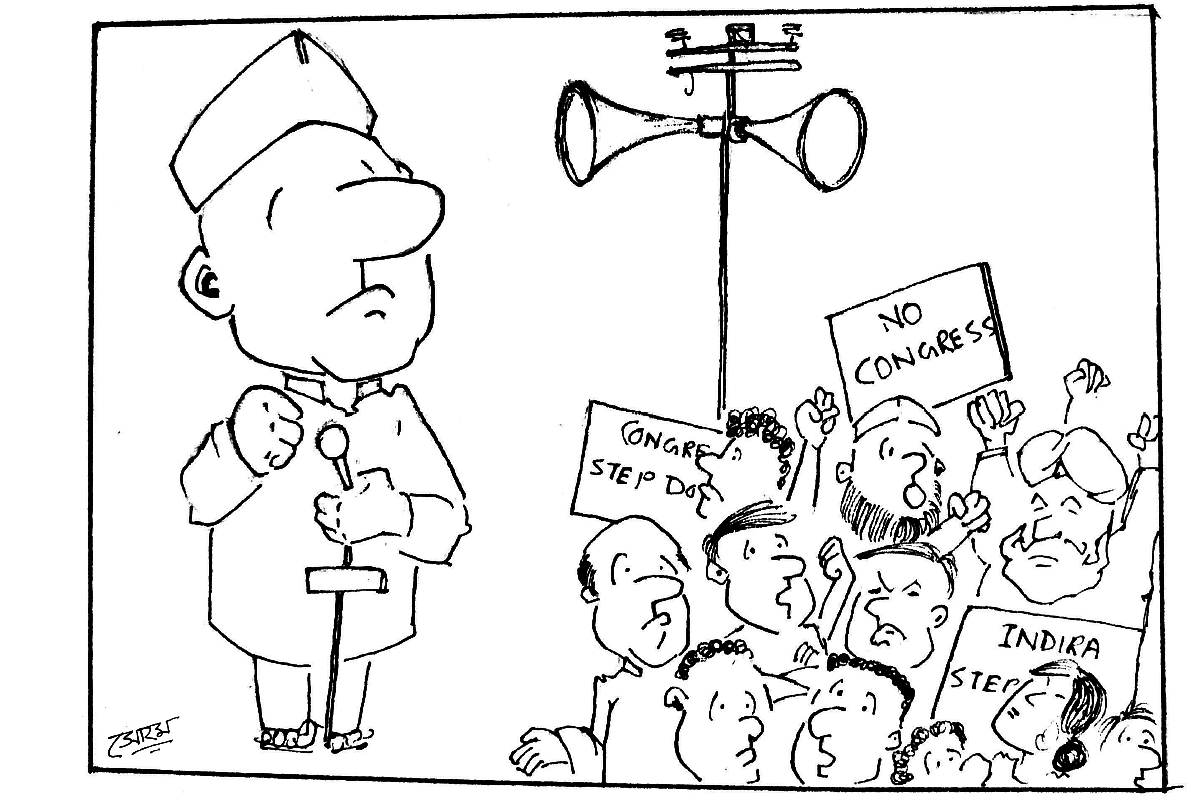
24 June: The Supreme Court granted a conditional stay on the high court ruling. It allowed Indira Gandhi to remain as prime minister until her appeal was reviewed.
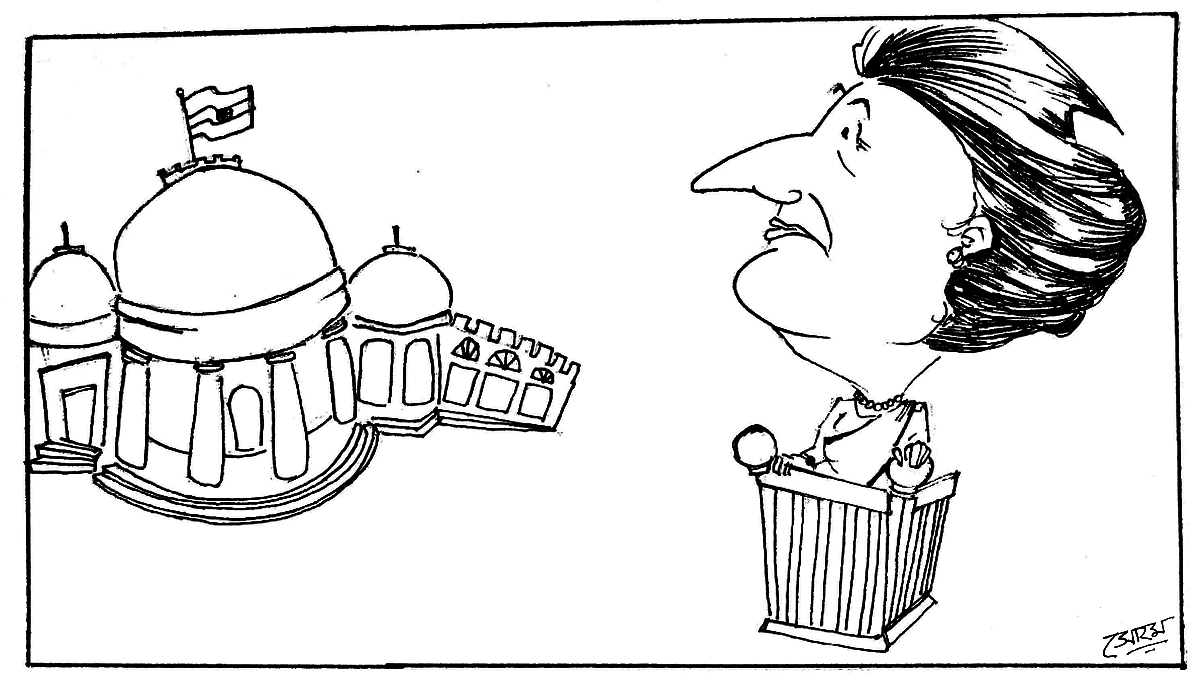
25 June: Led by Jayaprakash Narayan, a large protest took place in Delhi.
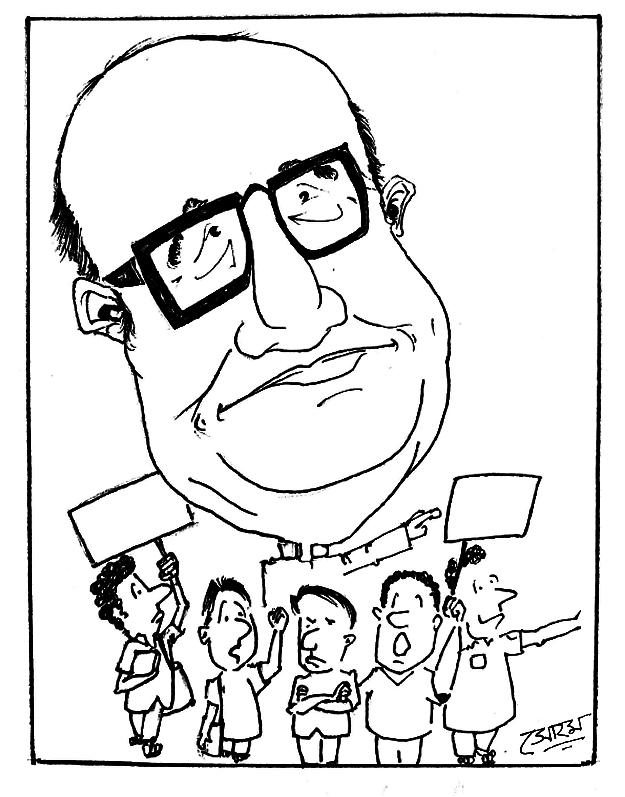
A few minutes before midnight, a state of emergency was declared by president Fakhruddin Ali Ahmed.
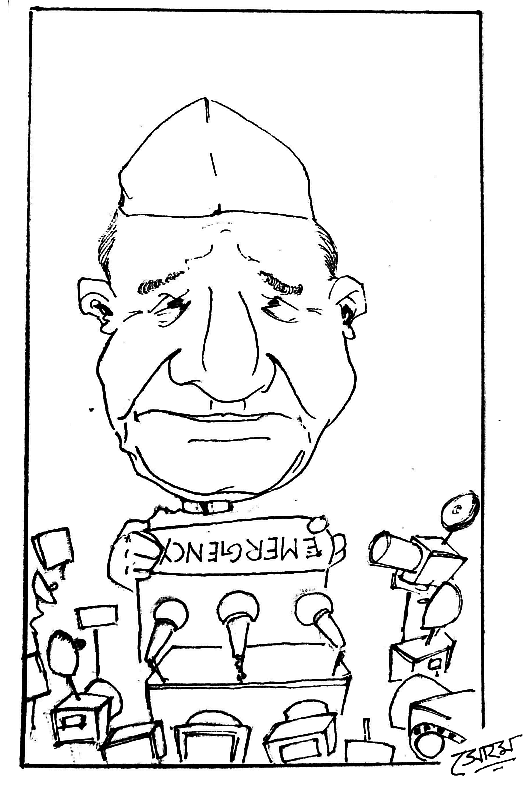
The supply of electricity to major newspaper offices was cut and opposition leaders were arrested.
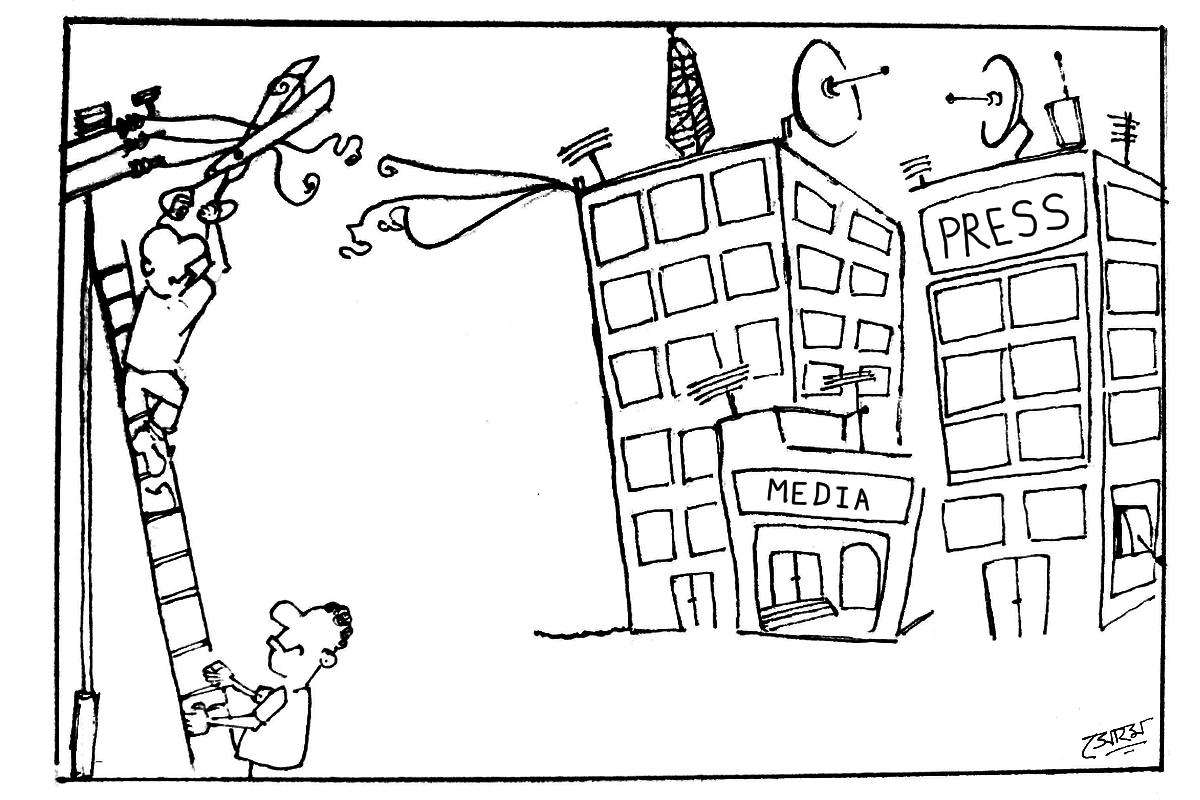
26 June: The Union Cabinet ratified the decision to impose the Emergency.
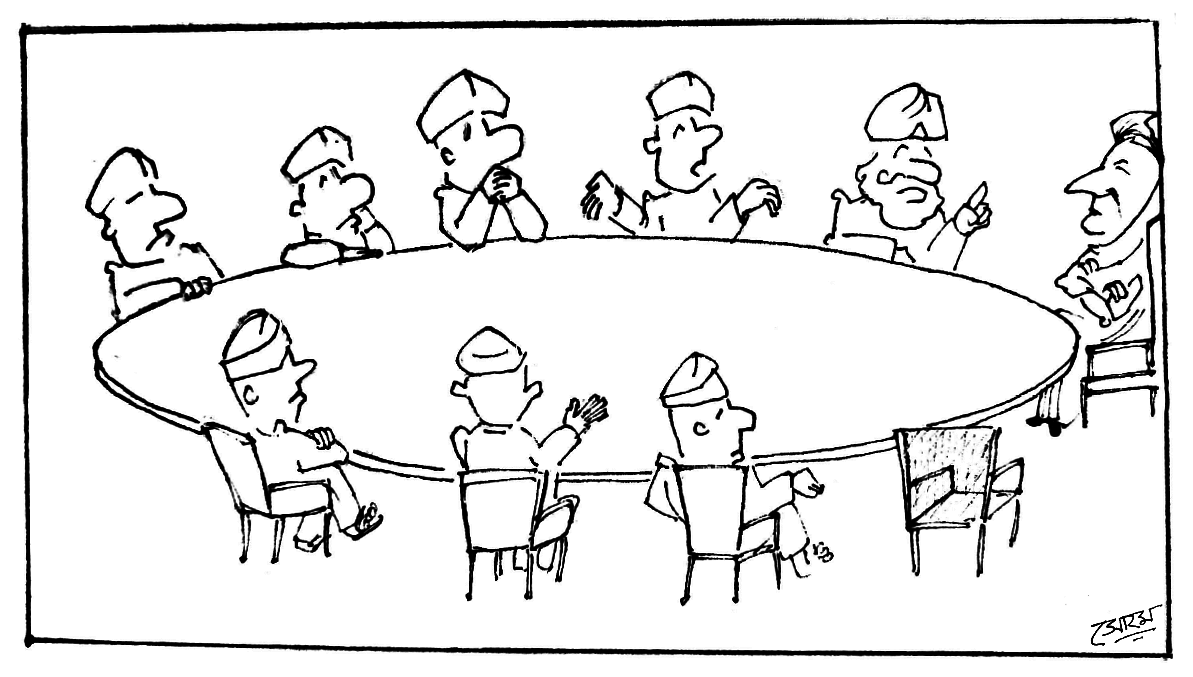
28 June: The Times of India published an obituary for democracy, The Indian Express carried a blank editorial while The Financial Express printed the Tagore poem ‘Where the mind is without fear’.
30 June: The Maintenance of Internal Security Act (MISA) was amended through an ordinance to allow the detention of any person who may pose a political threat by voicing opposition, without a trial.
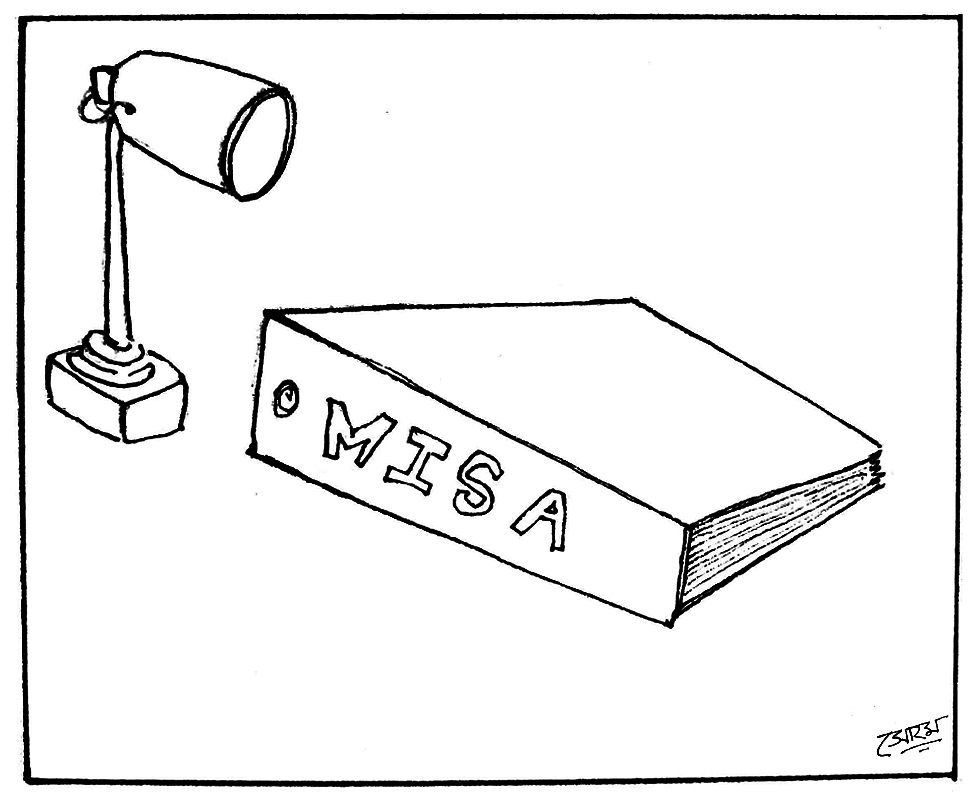
1 July: Indira Gandhi introduced her 20-point programme for economic and social reform. In addition, her son Sanjay Gandhi later declared his own five-point programme.
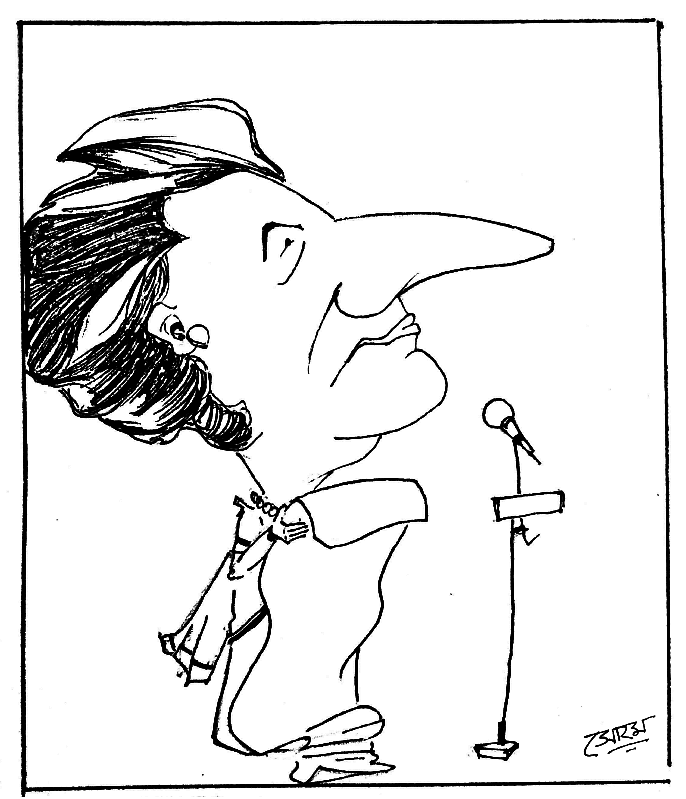
5 July: Twenty six political organisations, including the Rashtriya Swayamsevak Sangh (RSS) and Jamaat-e-Islami, were banned.
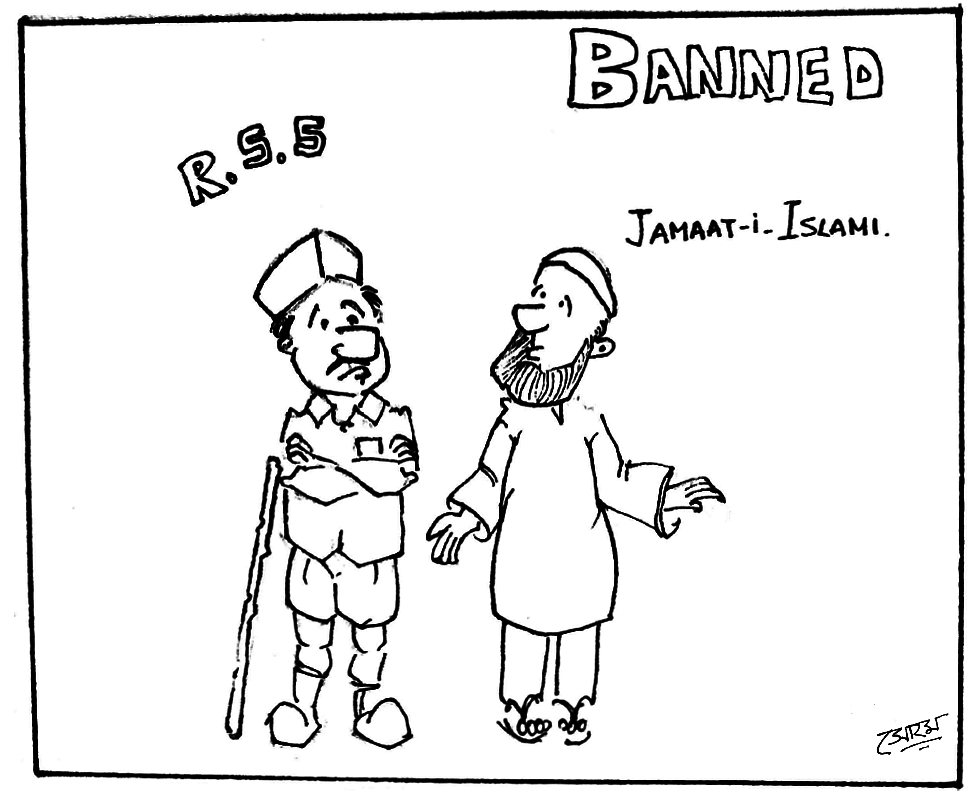
23 July: The Rajya Sabha approved the Emergency.
24 July: The Lok Sabha also passed the Emergency.
5 August: The Maintenance of Internal Security Act was imposed.
Over the course of the year, the Constitution was amended to protect 64 laws from any judicial scrutiny, and thousands of people were arrested for opposing the government. Leaders like George Fernandes went underground to continue the resistance.
A 25-year-old Narendra Modi also joined the resistance and helped smuggle banned literature to Delhi. Subramanian Swamy disguised himself as a Sikh and escaped to the United States of America. Leaders like Atal Bihari Vajpayee, L.K. Advani, Arun Jaitley, Vijayaraje Scindia, Siddaramaiah and K. Stalin were arrested for opposing the government. Over one lakh were arrested, estimates suggest.
The following year, several structural changes were introduced that would alter the social and political fabric of India.
1976
4 May: As a result of a fallout with Sanjay Gandhi, Kishore Kumar’s songs were banned from playing on the All India Radio and Doordarshan. Artists like Kumar and Dev Anand, who were vocally critical of the Emergency, later faced unofficial bans from government and state broadcasters.
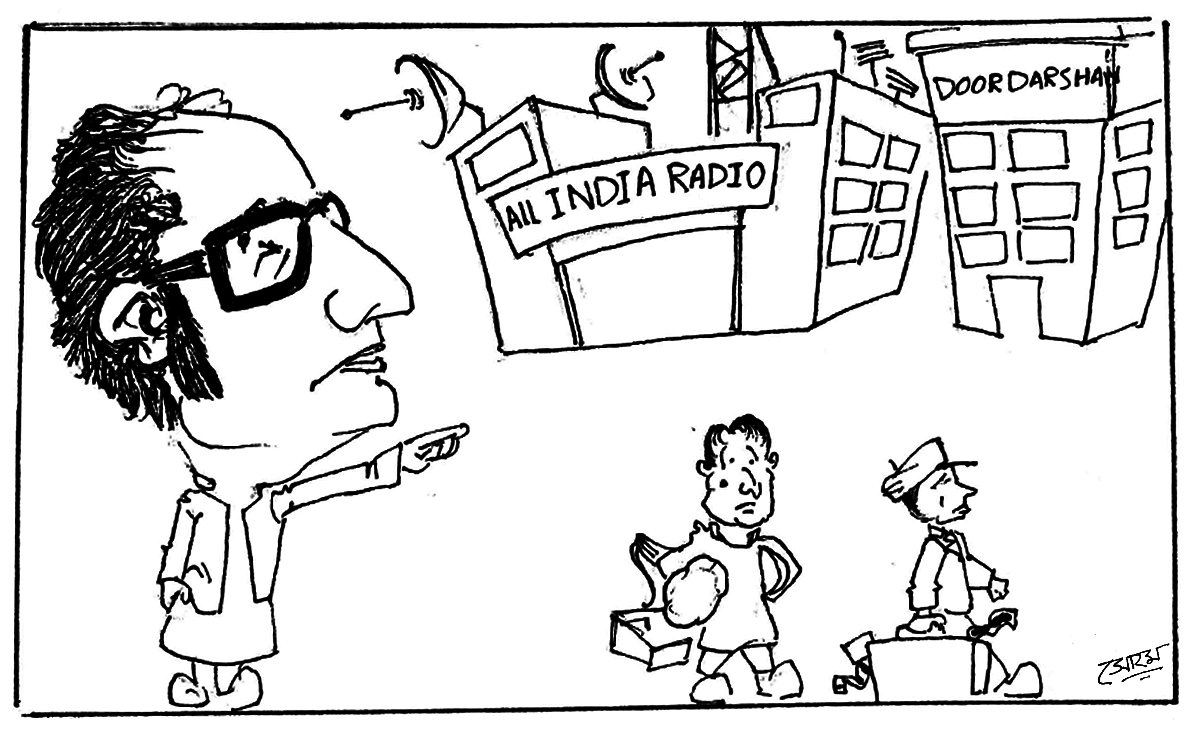
1 September: Sanjay Gandhi’s notorious mandatory sterilisation programme was introduced to control the population. The programme was revealed to have forced thousands of men to get vasectomies, often against their will. Sanjay Gandhi was seen to have ‘extra-constitutional’ powers during the Emergency, and enjoyed full impunity.
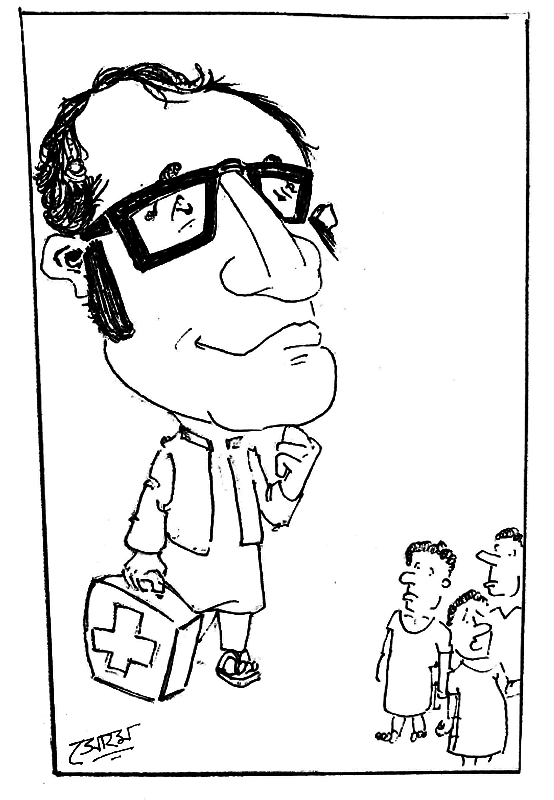
2 November: The 42nd amendment, Indian Constitution’s most controversial one, was passed. It reduced the power of the judiciary to determine the constitutional validity of laws, and curtailed democracy by giving the Prime Minister’s Office unparalleled powers. This amendment changed the basic structure of the constitution.
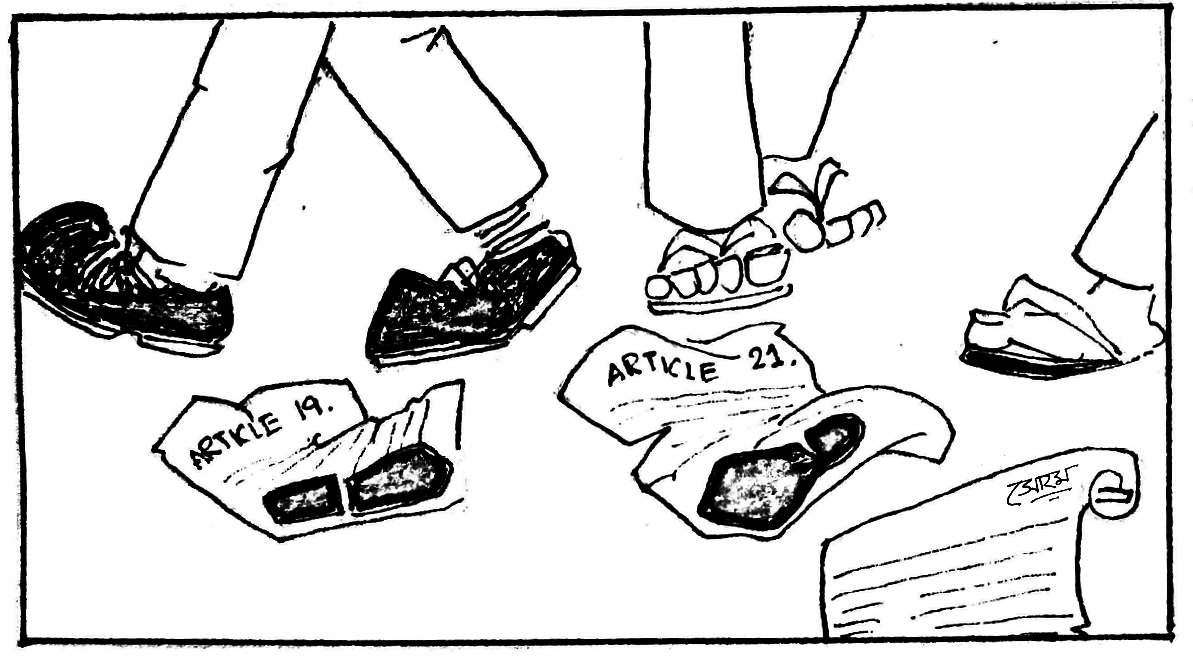
1977
18 January: Indira Gandhi called for fresh Lok Sabha elections. Political prisoners were released.
20 January: The Lok Sabha was dissolved.
24 January: Several members of the opposition united against the Indira Gandhi government to form the Janata Party, with Morarji Desai as its leader.
11 February: President Fakhruddin Ali Ahmed died, while still in office.
16 March: Both Indira Gandhi and Sanjay Gandhi lost their seats in the elections. The Janata Party and its alliance partners won 345 seats and came to power.
21 March: The Emergency was officially withdrawn.
24 March: Morarji Desai was sworn in as the Prime Minister of India.
After the Emergency
In 1978, Indira Gandhi insinuated that she imposed the Emergency because external forces posed a threat to India’s stability. She said her government would have won “hands-down” had elections been held in 1976, but they were avoided because of the state of the economy. She also justified the arrest of leaders like Desai saying they were “destroying democracy”.
Indira Gandhi eventually returned to power in 1980.
The 21 months of the Emergency had a lasting impact on India. For the first time, a non-Congress government came to power at the Centre, and it was during this period that several contemporary leaders became politically active.



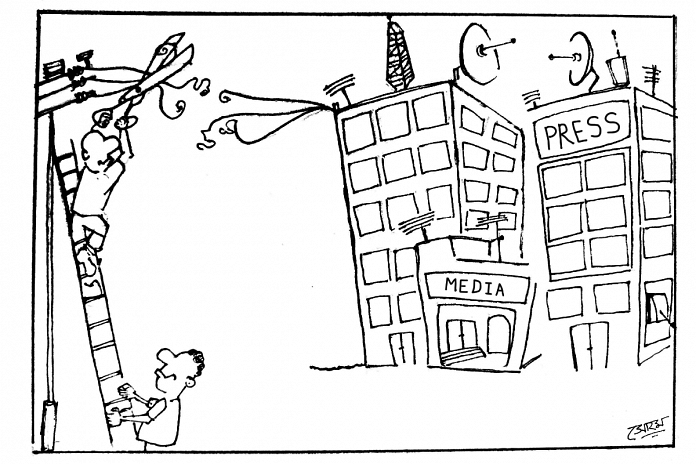



Hi… I really loved the Article.. it states all the facts that a person of any age must know… why don’t you guys make this whole article into a viral video and let our youth know what Emergency did to our country … it was not just injustice done to our country men but also the so called Gandhi family put our nation in a state of being captured by any armed nation like China or pakistan …
Not a lot of people have the interest to actually google and know about such events that have happened in the past and such kind of information is very important for all the people to know.. please make a social media post or a video stating all these facts you can also make a you tube video guys let the truth be heard loud and clear. an article is not gonna do what a social media post would.
Best article.
Cartoon in this article make article more intersecting
Wow well written article…also i wanted to know did Indira gandhi imposed the emergency to prevent chinese aggression… Was it worth it?